MAKE A GIFT TO PROTECT THE ONLY BEAR IN SOUTH AMERICA
![]()

Renzo Piana climbed to the top of the steep rocky slope under the blistering sun. To keep his mind off the unrelenting heat, he focused on the task at hand, scanning the landscape through his binoculars. But this time, he wasn’t in the dry forest exploring for spectacled bears. He was leading the SBC field team in search of Andean condors along the windswept beaches and rugged gorges of northern Peru’s Illescas National Reserve.
With a grant from Peru’s fund for National Protected Areas, SBC was on a very special mission to better understand the distribution of condors and identify conservation priorities for the Reserve. For birds and bears alike, field research is an essential first step in identifying effective conservation actions.
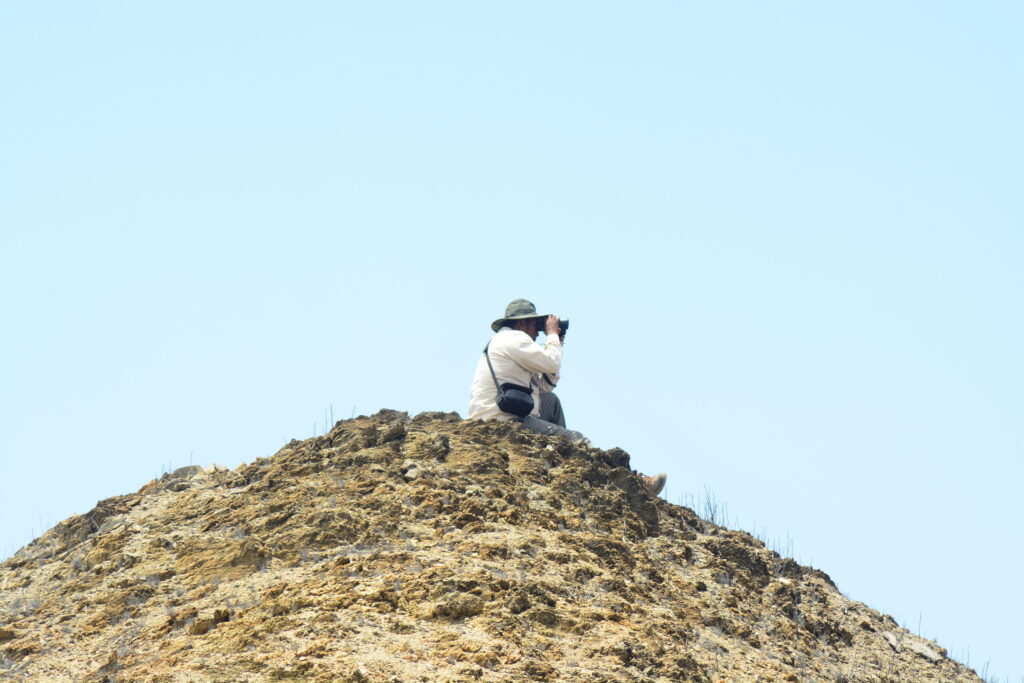

Though the species couldn’t be more different, Andean condors and spectacled bears have some striking similarities. Both are iconic species in Peru and throughout South America and have a large habitat range along the Andes mountains. Both are also highly threatened. They have diminishing populations due to habitat loss and because they are elusive species, there is not a lot of knowledge about them.
But there is one more important parallel. Like the Tumbes spectacled bear (the endangered bear population SBC is protecting) that resides in the arid dry forest ecosystem, condors in the Illescas Reserve are also a unique population. They have adapted to survive in an arid costal ecosystem outside their typical habitat high in the Andes.
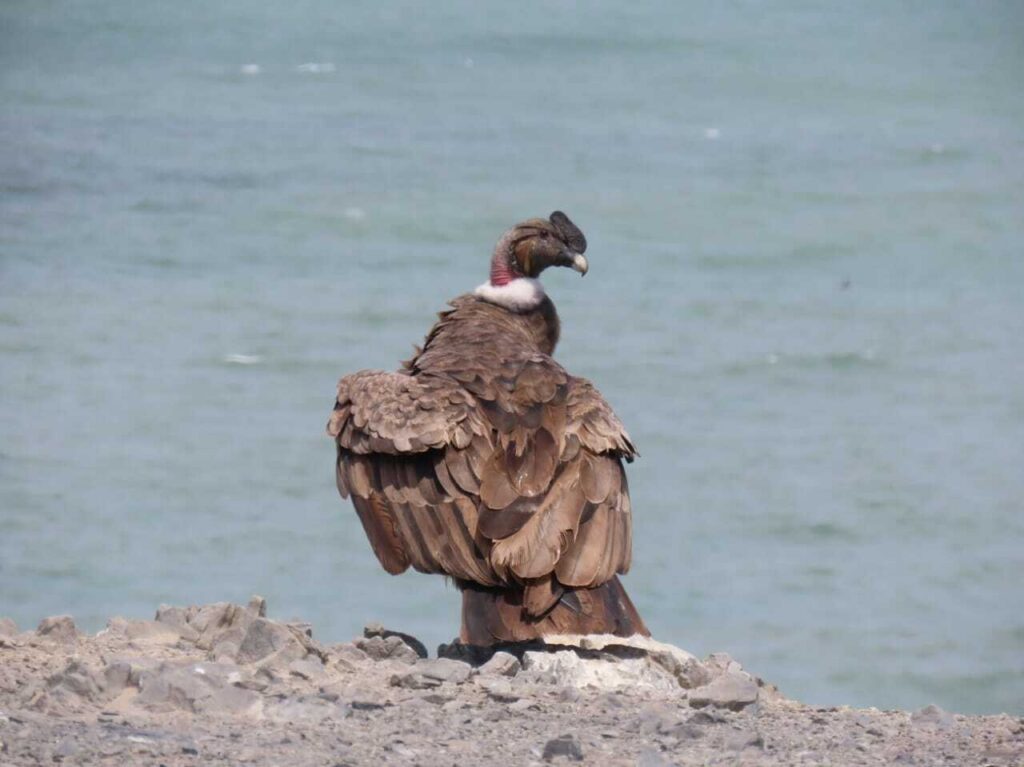 Photo: Frank Suarez/SERNANP
Photo: Frank Suarez/SERNANP 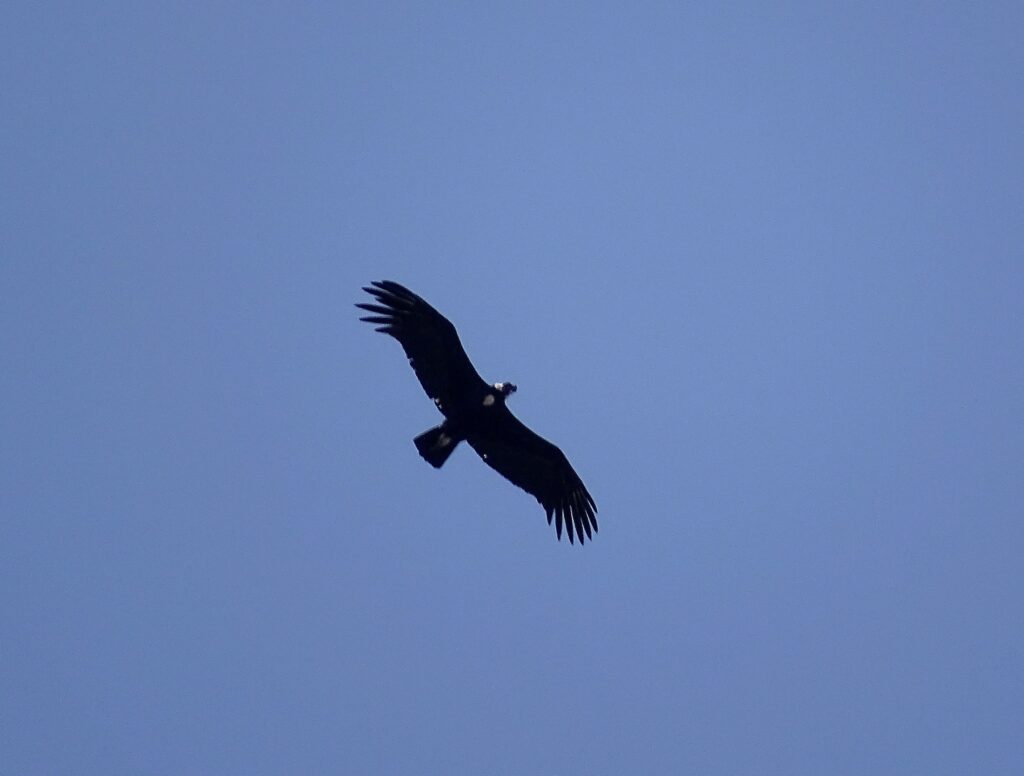
Andean condors are one of the largest bird species in the world and, with a 50-70 year life span, one of the longest-lived wild birds. Condors feed exclusively on carrion. Because of this, they play an important role in maintaining ecosystem balance by controlling the spread of disease and bacteria from rotting animal carcasses.
They have a very low reproduction rate, only producing one chick every two years. This is part of the reason why protecting Illescas and learning more about the condors is so important. The 91,000 acre reserve hosts the only coastal colony of condors where breeding has been documented.
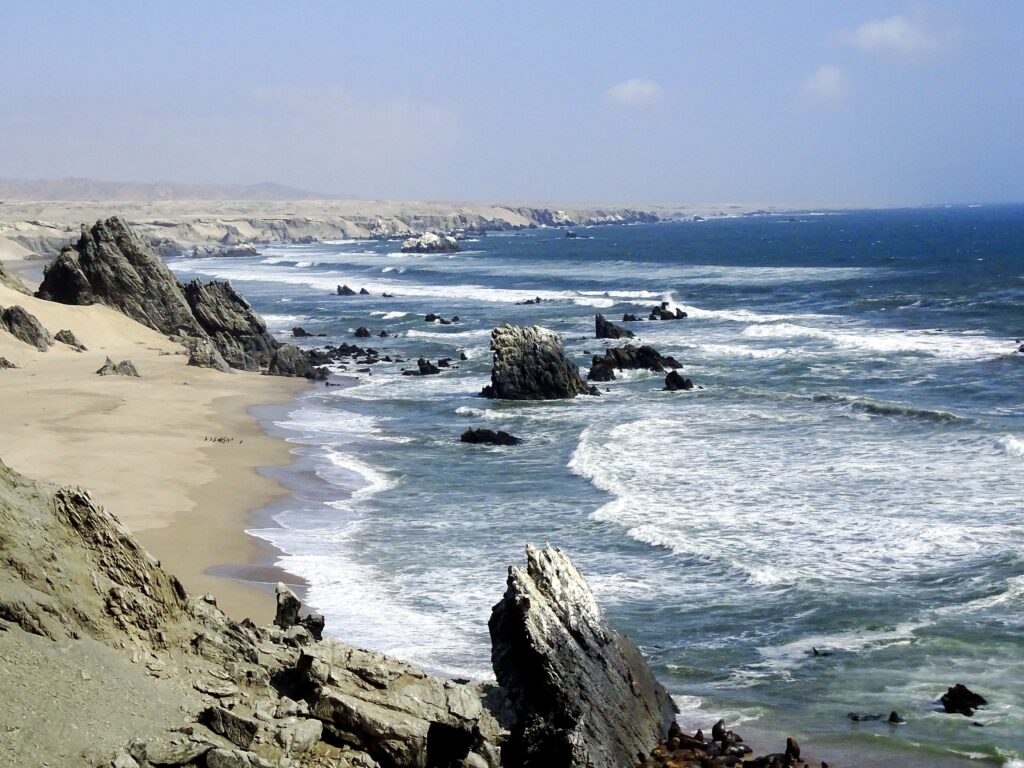
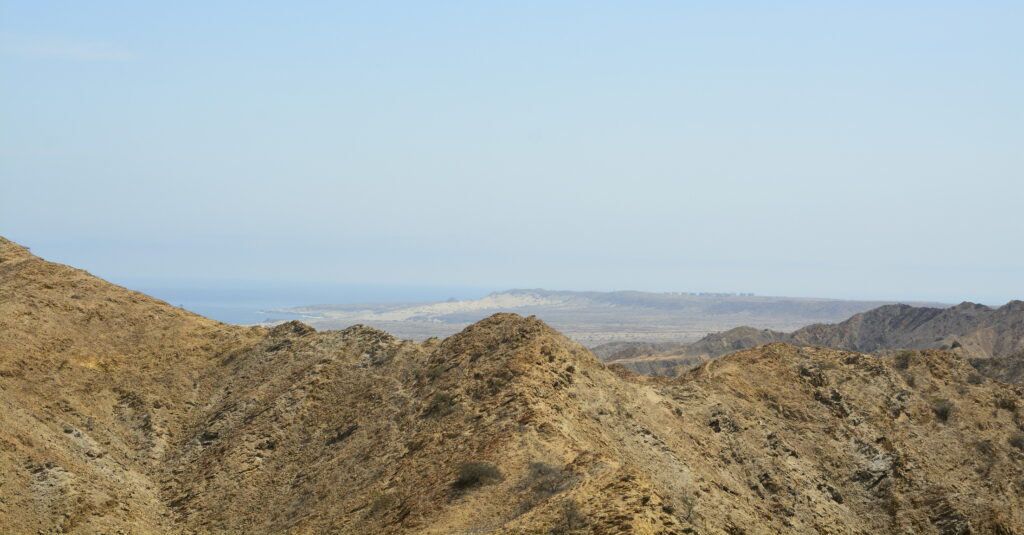 Located on the southern tip of Peru’s Sechura bay, the Illesca Reserve lies between the Pacific Ocean and the Sechura desert. A large rock formation dominates the center of the Reserve.
Located on the southern tip of Peru’s Sechura bay, the Illesca Reserve lies between the Pacific Ocean and the Sechura desert. A large rock formation dominates the center of the Reserve. The Illescas Reserve is very remote and rich in biodiversity. Marine life (and carrion) is abundant along the beaches: turtles, pelicans, dolphins in the water and sea lion colonies established among the rocks.
The lack of human presence and abundant food are the reasons that condors can thrive here. About four miles from the beach, the center of the reserve is dominated by Cerro Illesca, a 1,600 foot high rock formation. Condors nest in communal roosting sites on rock walls within the mountain gorges.

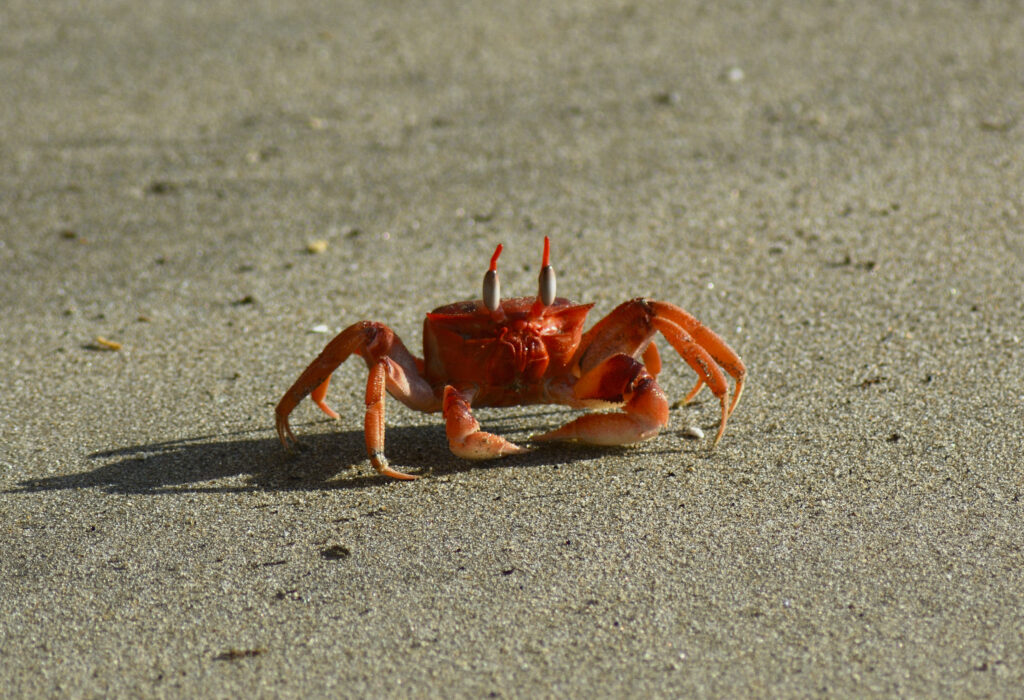
SBC’s condor study has traversed the entire reserve and surrounding area, from north to south and mountain to beach. We used satellite images to define transect lines across the landscape to sample the density of condors. In the field, this translates to long days of hiking looking for condors in flight or perched on rock walls and on sand dunes. At the same time, we collected data on four other bird species. This allows us to model the distribution of the entire raptor community.
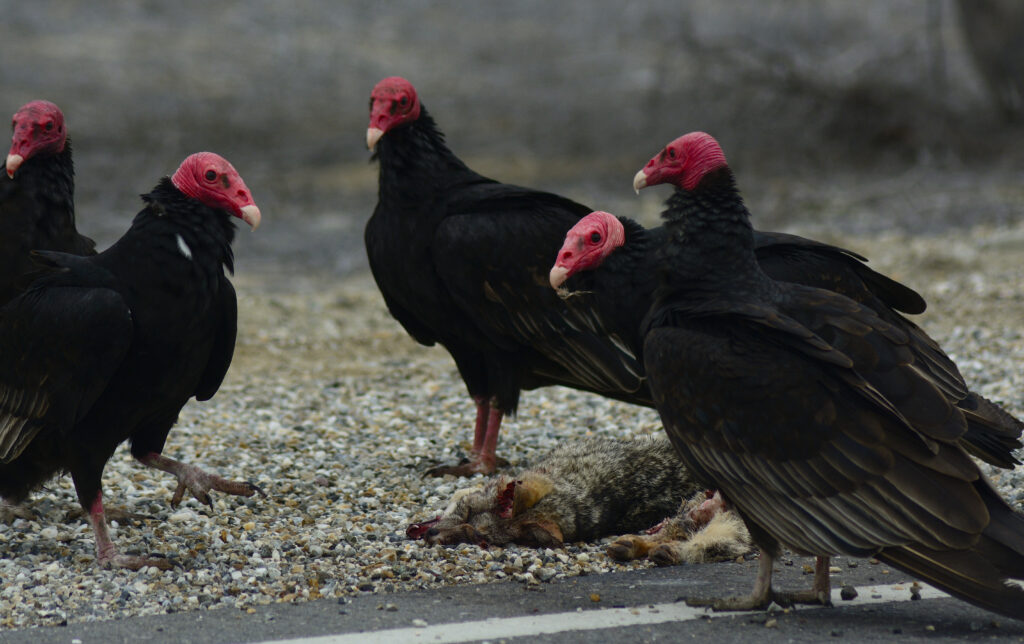 Turkey vultures surrounding fox carrion
Turkey vultures surrounding fox carrion 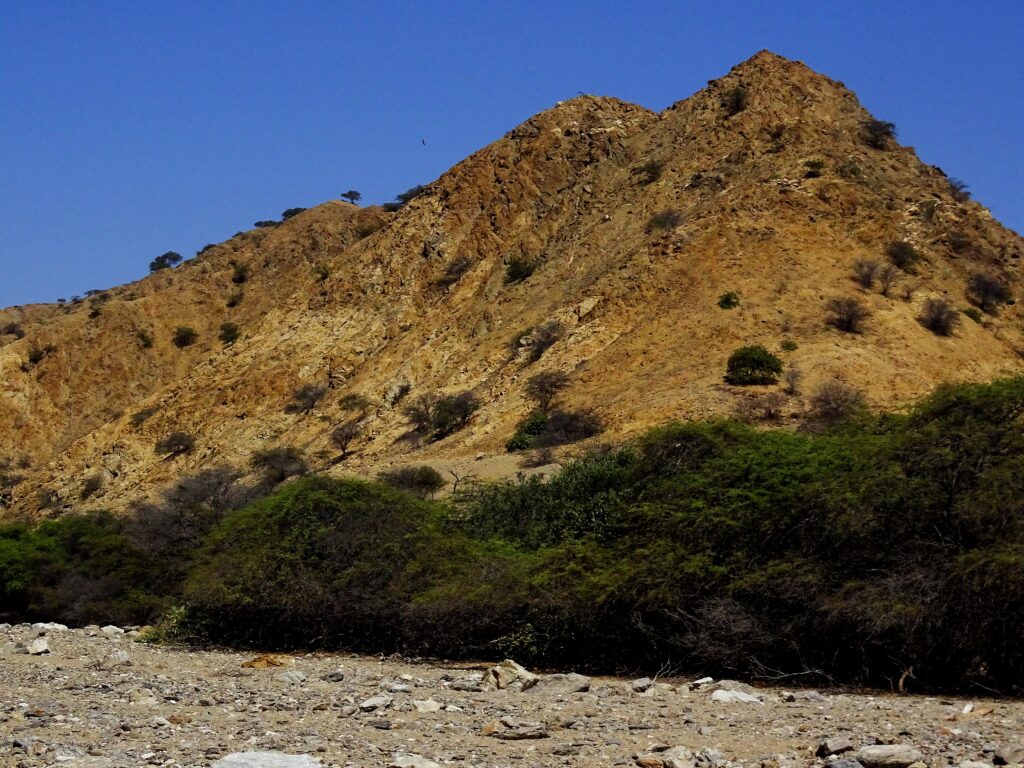
Our preliminary results show that condors need the rocky, central part of the Illescas Reserve to roost and nest. They also require undisturbed access to the beach to feed. Now this information will be used to better manage human presence in the area. We are also helping the Reserve staff implement a monitoring program for roosting condors.
This work couldn’t have come at a better time to make a difference for condors. There is now national focus on protecting this area. On December 24, 2021 the Peruvian government raised the level of protection for Illescas by declaring it a national reserve.
Every day, every step and every sighting in the field make a difference for threatened species. For a passionate researcher like Renzo, collecting meaningful data on two threatened and relatively unknown species that makes a significant contribution to their conservation is a dream come true.
![]()